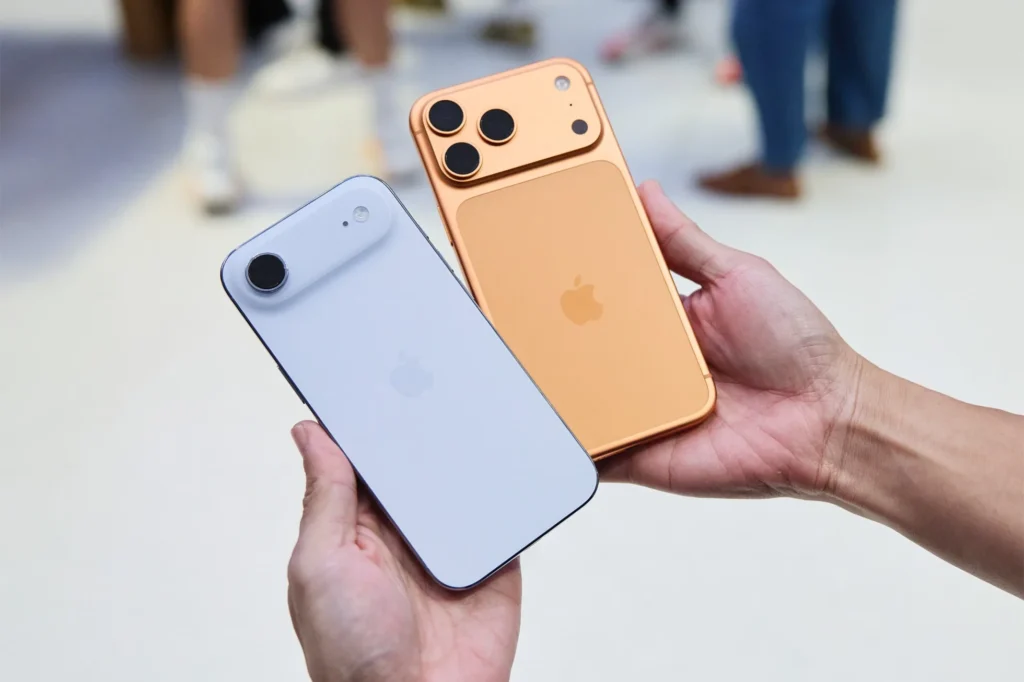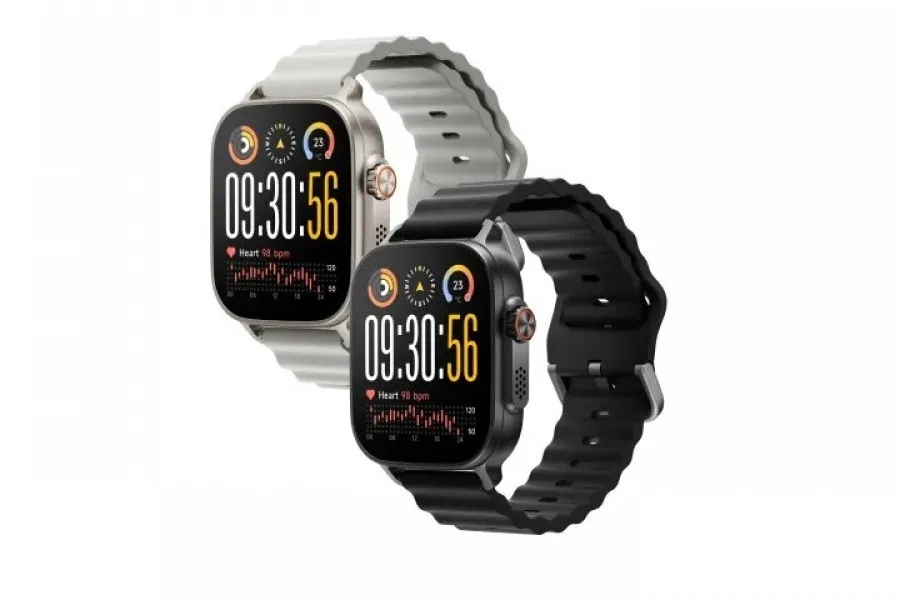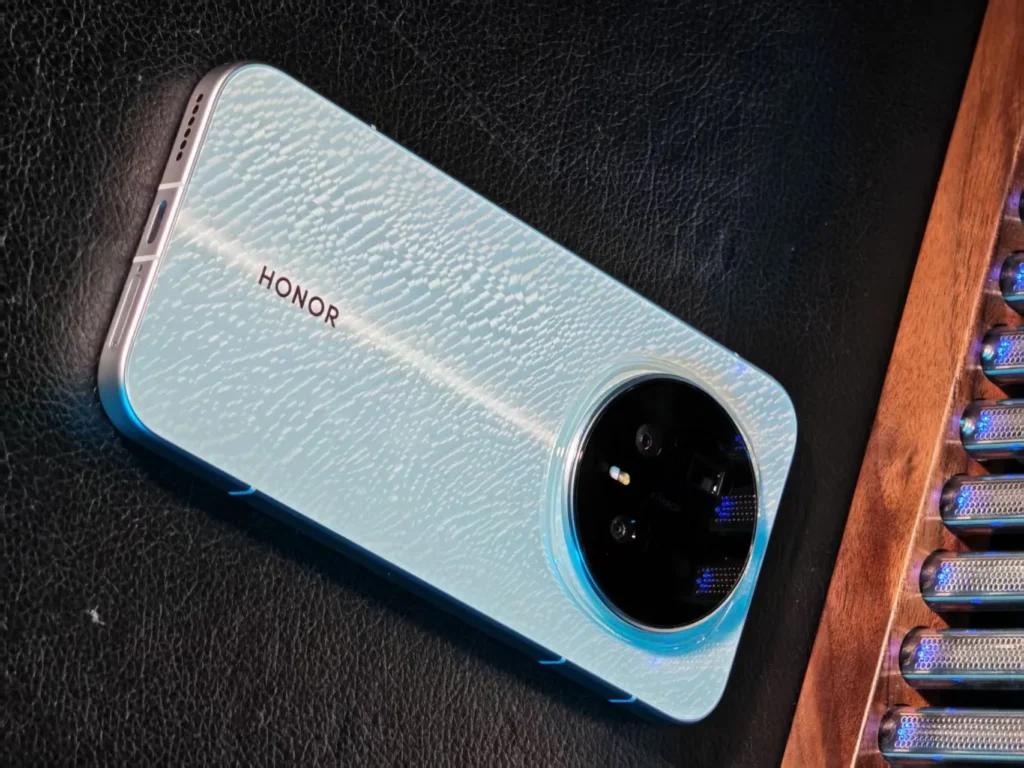iPhone 17: Success all around… except for the iPhone Air
Apple was caught by surprise: pre-orders for the iPhone 17 have been so high that the company has had to increase production rates. Two weeks post-launch, demand remains strong, leading some analysts to express optimism for 2026.
However, one model clearly stands out as an exception.
iPhone 17, Pro, and Pro Max: The Cash Machine
According to Morgan Stanley, sales of the iPhone 17, iPhone 17 Pro, and Pro Max are exceeding initial forecasts “modestly”. These estimates are based on supply chain data and shipping times reported on the Apple Store.
The result: the 17th generation is already a commercial success, fueled by a base of previous iPhone users eager to upgrade.
iPhone Air: The Weak Link
The iPhone Air, on the other hand, is experiencing a much more modest launch. This ultra-thin model, despite being praised for its design, suffers from a critical flaw: its battery life is deemed insufficient. Another drawback is that it is simply unavailable in China, a key market for Apple.
This situation echoes that of Samsung’s Galaxy S25 Edge: an attractive design, but compromises that the public finds hard to accept.
Onward to the iPhone 18 and… Six New Devices in 2026
The strong reception of the 17 series already fosters optimism for the upcoming generation. Morgan Stanley predicts a strong 2026 for Apple, with a lineup of six new devices. In addition to the standard iPhone 18 and its Pro variants, the company is expected to introduce a successor to the iPhone Air, a more affordable iPhone 17e, and especially the highly anticipated iPhone Fold.
In short: Apple is succeeding with the iPhone 17, solidifying its appeal among high-end models. However, the iPhone Air clearly illustrates the limits of the pursuit of thinness: without strong battery life or global availability, it’s hard to envision a commercial triumph.




